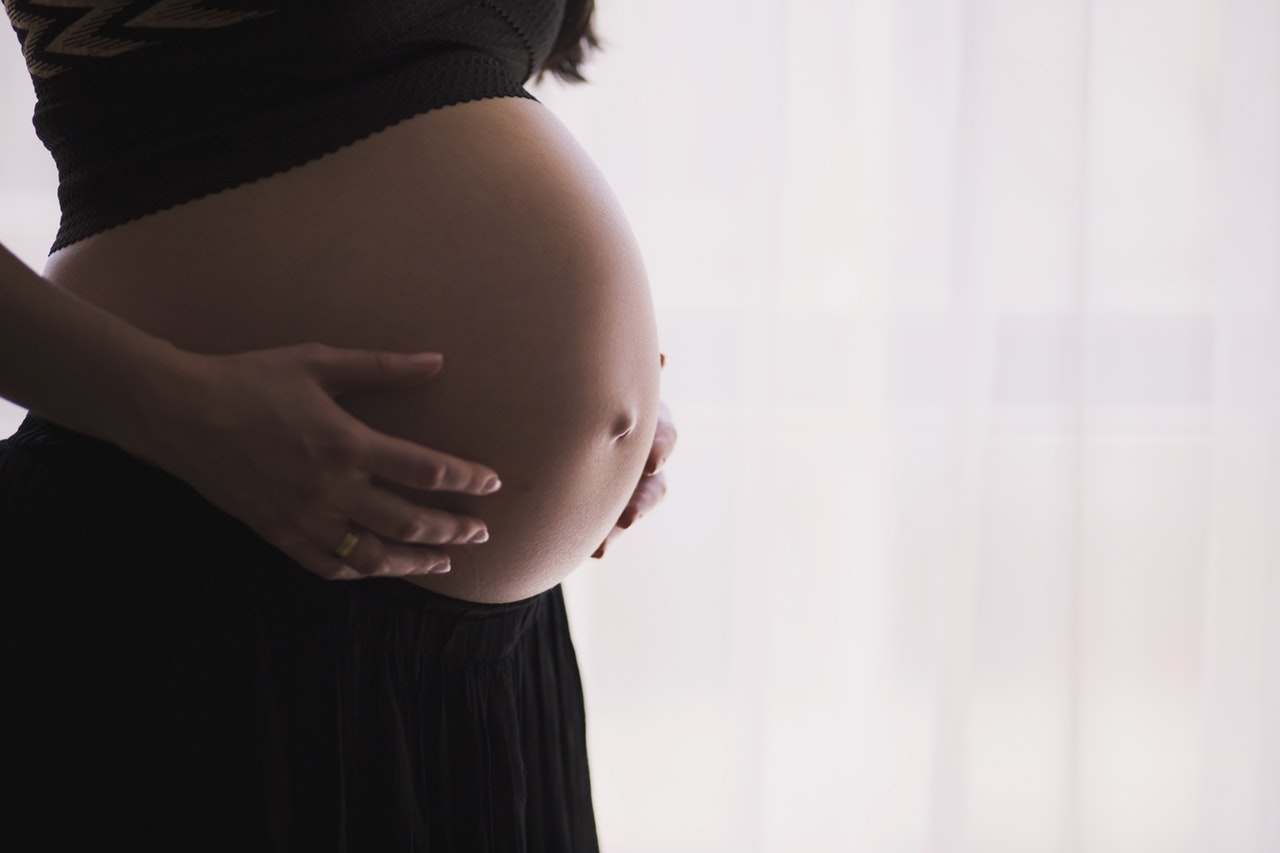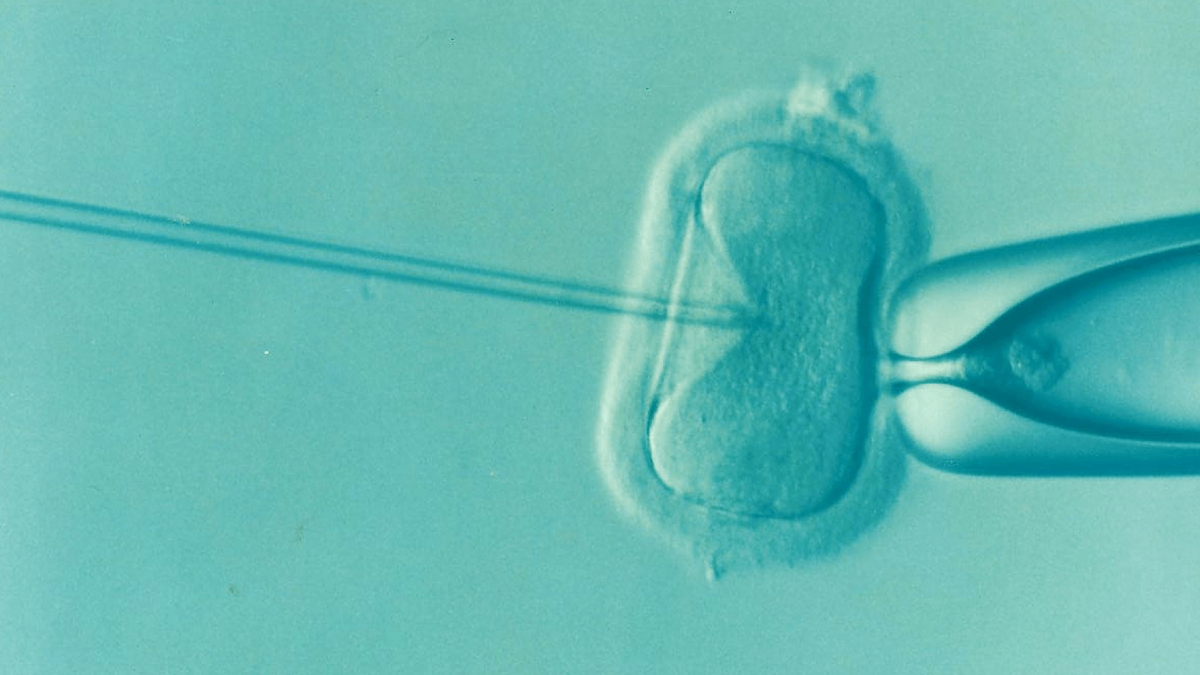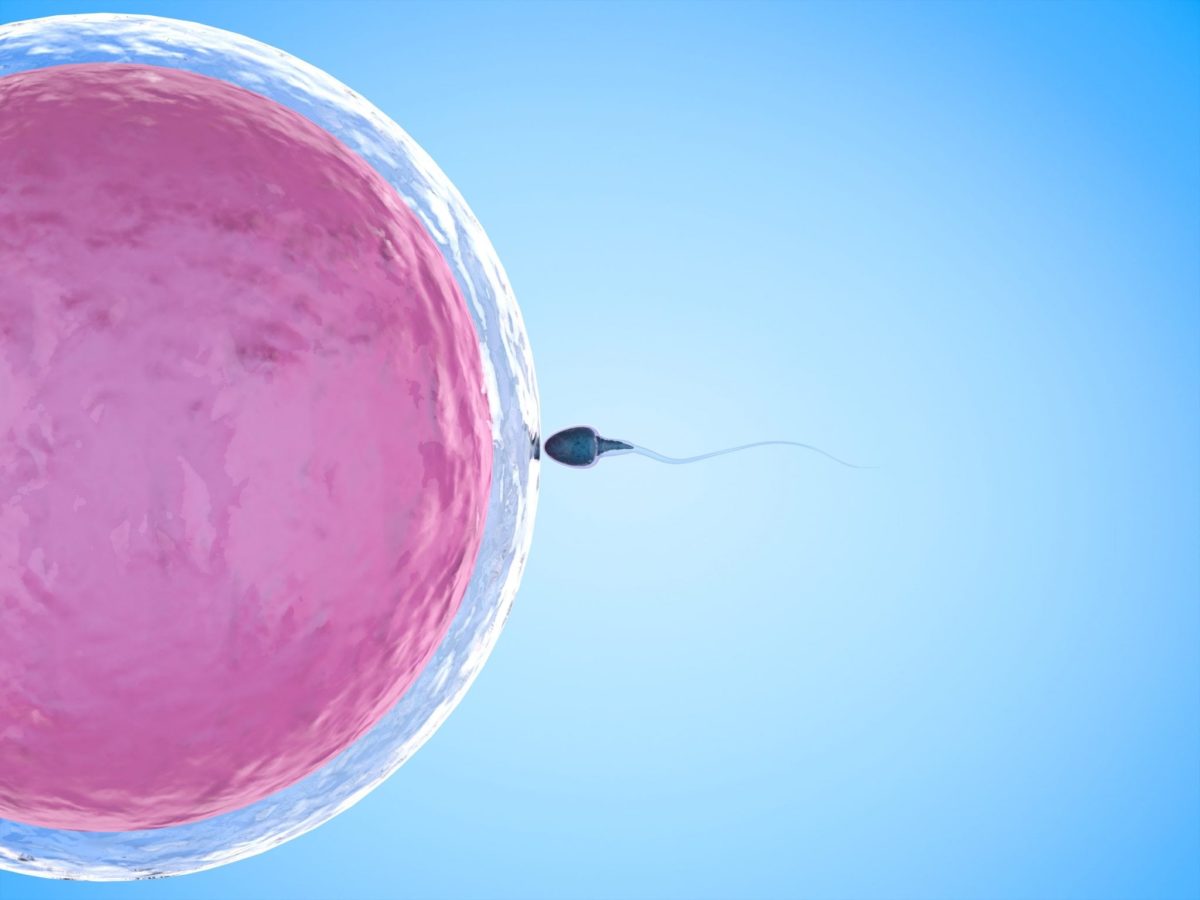
IVF Procedure: The Four Steps to Get Pregnant
Have you been trying to get pregnant without success? If yes, you may need to consider fertility treatments, such as In Vitro Fertilization (IVF). IVF is a form of assisted reproductive technology that can be used to circumvent certain causes of infertility such as blocked fallopian tubes, low sperm motility and irregular ovulation. Since the first successful IVF procedure in 1978, over 8 million babies have been born using IVF treatments.
Normally, you should get pregnant within a year, if you are deliberately trying. If that does not happen, you should see a fertility doctor. The more you age, the harder it will be for you to conceive naturally. So, if you are 35 or older, we recommended that you speak with a doctor after 6 months of trying to conceive. A fertility specialist will evaluate your situation to see if IVF is right for you.
With IVF, there are four main steps:
Step 1: Ovarian Stimulation
Once you decide to try IVF, you will need to meet with your fertility doctor to check your egg count. This is normally done using a combination of blood tests (for FSH and AMH levels) and an ultrasound for antral follicle count. Most women only release one egg each month. However, multiple eggs are desired for an IVF procedure as this will increase the chances of creating a successful embryo. For that reason, the fertility specialist will prescribe fertility injections to stimulate your ovaries to mature more than one egg.
If your egg count is severely low, your doctor may recommend using donor eggs for your IVF procedure.
Step 2: Egg Retrieval
Typically, fertility injections are required for 8 – 12 days. When your eggs have sufficiently matured, your doctor will ask you to come in for an egg retrieval procedure. During this procedure, the doctor will insert a very thin needle into the ovaries, guided by ultrasound. This needle is used to remove your eggs using gentle suction. Your doctor will give you sedation medication to ensure you are comfortable for this short, minimally-invasive procedure.
Step 3: Fertilization
After retrieval of your eggs, the next step is fertilization. Sperm, from either your partner or a donor, will be mixed in with your eggs. In cases where the sperm is not ideal, it can be directly injected into each egg using a procedure called ICSI. Once the eggs and sperm have been combined, they will be placed in an incubator and monitored to see if fertilization will take place and embryos will develop.
Step 4: Implantation
If fertilization is successful and embryos have developed, they will be examined. The healthiest and most viable embryo will then be selected to be transferred to your uterus. This will be done using a small, plastic tube. After about 9 days, your doctor will have you do a pregnancy test to determine if the IVF procedure was a success.
Are you looking for an IVF clinic in Vancouver?
If you are in Vancouver and you are considering an IVF procedure, give us a call at Pacific Centre for Reproductive Medicine. At Pacific Centre for Reproductive Medicine, we provide a wide range of fertility services, from the most basic fertility evaluations to advanced assisted reproductive procedures such as IVF.
At our fertility clinic, we have IVF success rates that are among the highest in Canada. And we would love to help you realize your dream of becoming a parent. So, give us a call today to learn more about our IVF procedures or to schedule an appointment with one of our fertility specialists.
Related Posts
Categories
About the PCRM Blog
Welcome to the Pacific Fertility Centre for Reproductive Medicine Blog! Nationally and internationally recognized for providing exceptional reproductive care, our team believes in empowering people with the knowledge they need to navigate their unique fertility journeys.
From information on the latest fertility treatments to valuable insights on egg donation, surrogacy, and everything in between, the Pacific Centre for Reproductive Medicine Blog is your ultimate resource for all things reproductive care and support. Read on to learn more, and contact us today if you have any questions or want to schedule a new patient appointment.



